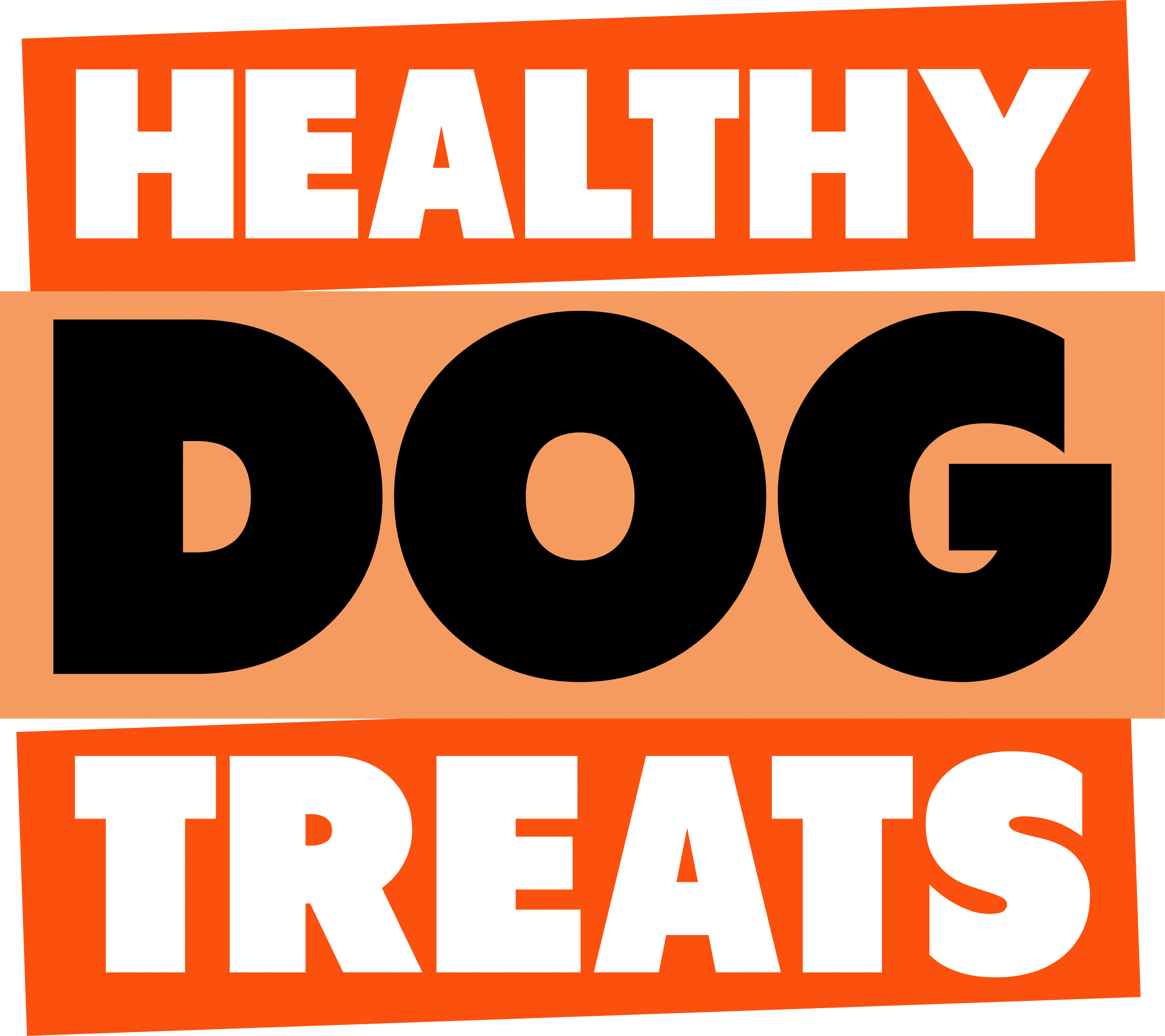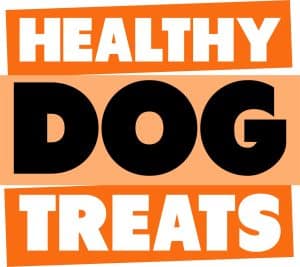Dogs with Chronic Kidney Disease (CKD) – critical nutrients you must reduce in their diet.
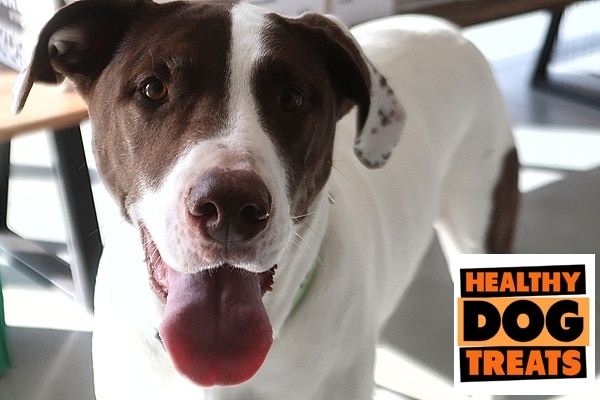
As anyone with a dog with kidney disease knows, Diet changes are very important for their dog’s health.
The main guidelines to Reduce kidney load in CKD (Chronic Kidney Disease) dog patients are:
- moderately restrict protein
- restrict phosphorus, and sodium
- moderately increase omega-3 fatty acids and potassium
Dog kidney disease is managed by diet changes and medication to slow the progression of CKD, minimize uremic symptoms, and to improve wellbeing.
But do you know why restricting protein is considered controversial by many vets, and what level of protein restriction does that mean – particularly when it comes to treats?
Ironically, just like the very bad trend of vegan dog food, renal dog food suits dog food manufacturers perfectly. They already have a VERY low bar of 18% protein minimum requirement set by aafco, and CKD gives them another reason to simply reduce the meat content of their dog food further, seeing a good surge in profits.
If your dog is healthy, we recommend on at least doubling the bare minimum protein ‘standard’ and making it from an animal source. If your dog has kidney issues you might need to feed slightly below the very low minimum protein set by aafco (details below).
In the next blog we will look at what SINGLE ingredient ANIMAL dog treats are still good for dogs with kidney issues. The reason why this is important to you and your dog, is that kidney disease specialty foods and treats tend to be more expensive, contain little natural (animal) products, and many ingredients that a lot of raw feeders believe are a bad choice for dogs in general.
The CKD kibble will mostly be more grain or vegetable matter, with the same amount of minerals and vitamins, and trace elements of supplements found to be beneficial for kidneys.
The primarily reason for Kidney disease diet guidelines (dot points above) are that a “ seminal study in dietary management of CKD demonstrated that dogs with spontaneous CKD lived an average of 13 months longer when fed a diet designed for renal disease compared with a maintenance (aafco guideline) diet.” ref1
In addition, “dogs eating the renal diet had a 3-fold reduction in relative risk of uremic crises compared with dogs eating the maintenance control (aafco standard dog food) diet. “ ref 1
HOWEVER “The goals behind lowering dietary protein concentration for dogs with CKD are to (1) lower the amount of nitrogenous waste produced during protein metabolism while (2) minimizing the amount of protein entering the glomerular filtrate of the kidneys. Ref1
Protein restriction as a dietary management strategy for CKD has become increasingly controversial. Some argue that, in an effort to retain muscle mass and increase diet palatability, dogs with kidney disease should not be placed on a low-protein diet, while others cite research suggesting that lower-protein diets, in combination with other nutrient modifications, reduce morbidity and prolong lifespan. “ ref 1
To the casual observer, this information is conflicting, but if the science is sound enough, let’s look at the best way of managing these diet guidelines with primarily dog food and an appropriate subset of healthy dog treats (next blog).
One of the most thorough and scientific articles on the kidney issue offers up the following table to explain the diet modifications required.
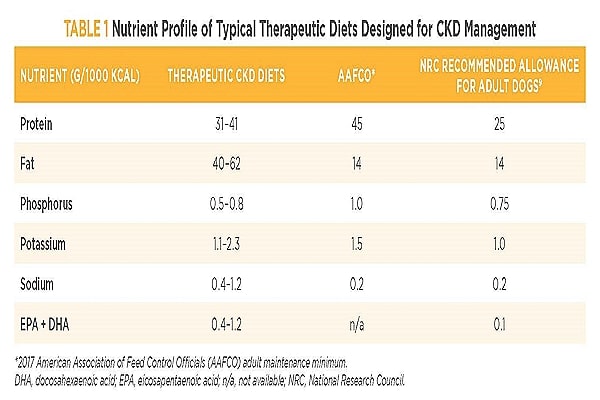
Column 1 = includes all of the components (protein, fat and elements) of diets that need to be modified (up or down).
Column 2 = the suggested ranges for the modified CKD diets “Therapeutic CKD diets”.
Column 3 = Aafco minimum levels for all regular dogs (NOTE aafco is a volunteer American standard for dog food adult maintenance this is globally adopted (including Australian dog food). It is considered by many people as being flawed, particularly when it comes to the abysmally LOW protein levels suggested (and from any source – not meat which is species appropriate for dogs).
Colum 4 = NRC (national AMERICAN recommended Research council) values. Note that the protein levels for the NRC are even LOWER than the AAFCO standard!
+++
Herein lies the difficulty with the above table (besides the AAFCO V NRC values discrepancies.
The table is for nutrients expressed in units of (G/1000 KCAL). Most people have no idea what this means, and it is in Calories not KJ (metric unit used in Australia).
The nutrient is expressed in these units supposedly because it takes into account different nutrient density profiles of differing foods (ie meat V vegetables etc) – but again its not incredibly useful for the average owner to understand when preparing meals or doing research for comparison levels .
Conveniently, AAFCO provide two version of their standard dog food nutrition table in their 2014 food guide, and the second one includes PERCENTAGES (not just G/1000 values) – which means we can compare the above tables based on percentages as well, and what that means for dog treats.
Nutrient profile (as %) for therapeutic dog food for CKD (kidney disease) dogs.
| Nutrient | AAFCO (G/1000 KCAL) | AFFCO % | Therapeutic CKD Diet (G/1000 CAL) | Therapeutic CKD Diet (% ) |
| Protein | 45 | 18% | 31-41 | 12.4 – 16.4 % |
| Fat | 14 | 5.5% | 40-62 | 15.7- 24.3 % |
| Phosphorous | 1.0 | 0.4% | 0.5-0.8 | 0.2 – 0.32 % |
| Potassium | 1.5 | 0.6% | 1.1-2.3 | 0.44- 0.92 % |
| Sodium | 0.2 | 0.3% | 0.4-1.2 | 0.6 – 1.8% |
| EPA+DHA | n/a | N/A | 0.4-1.2 | ???? |
The % values for aafco table “Presume a caloric density of 4000 kcal ME/kg,”
What the nutrient modifications mean for Kidney health dog diets
CKD Protein – if your vet suggest lowering protein intake in general, and you are ok with your dog being prone to ‘muscle loss’ etc (from low bio available protein intake), then the above table suggests that you might only need drop the minimum level of protein of aafco 18% to the sweet spot of 14% protein for GKD diet.
But we will look at what that means in the practical world of some leading dog food CKD diet nutrition profiles below.
AAFCO suggests a MINIMUM level of 5.5% crude fat – the above table suggest that should be changed to up to 20% crude fat ! The issue with this is that we have had many enquiries from owners who’s dogs have pancreatitis issues – and their diets require food that is 4% fat or lower.
Since fat is 2.5 times the energy value of protein or carbs, a dramatic increase in fat levels will require a greater decrease in other nutrients (in this case protein seems like the ideal candidate) – but protein is required in the dog’s body for many vital functions (not just energy), and when the body can’t get protein from food, it will strip it from muscle causing many other health issues.
affco suggest that phosphorous levels should be halved from the minimum level. But note that affco also have a required Calcium to Phosphorus ratio of 1:1
That suggests that if you reduce phosphorous you should reduce calcium intake too.
“As the kidneys retain phosphorus, the parathyroid gland is stimulated to release parathyroid hormone (PTH) to increase renal phosphorus excretion. However, PTH also stimulates the release of phosphorus from bone, which exacerbates hyperphosphatemia. In addition, calcitriol deficiency occurs secondary to decreased renal production of 1-α-hydroxylase and hyperphosphatemia. This ultimately leads to calcium deficiency and increased PTH production.
Studies have shown that reducing phosphorus in the diet reduces hyperphosphatemia and the sequela of renal secondary hyperparathyroidism.
“The importance of phosphorus restriction was demonstrated in a study in which 24 dogs with induced kidney disease were fed a diet with 32% protein dry matter with and without phosphorus restriction over 2 years. Dogs on the high-phosphorus diet had a lower survival rate (33%) than the restricted-phosphorus group (75%).“ ref 1
CKD Dogs diet and Essential fatty acids – EPA+DHA levels
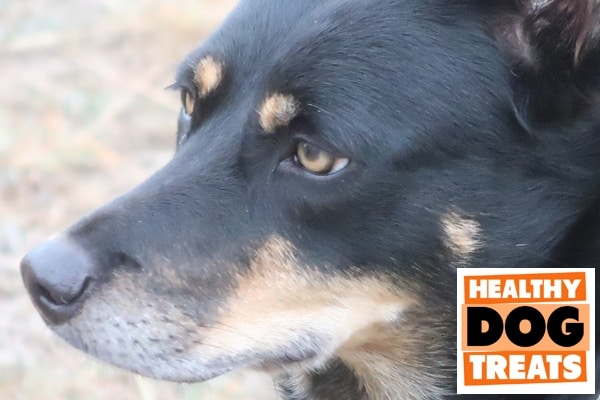
EPA and DHA are two specific formulations of Omega 3 (that are significantly high in Salmon fish oil capsules for humans).
The level of Omega 6 to Omega 3 is vital for a dog’s health, as well as the minimum level of Omega 3. NOTING that Aafco give values for “Growth & Reproduction Minimum” but not regular adult dogs.
aafco tables says that For puppies and pregnant dogs, that Linoleic acid should be 1.3% and Alpha Linolic acid 0.8%, Eiscosaphentaenoic + Docosaheaxaenoic acid = 0.05%
Linoleic acid is a polyunsaturated omega-6 fatty acid.
Alpha-linolenic acid is a type of omega-3 fatty acid found in plants.
Fish oil contains large amounts of omega-3 fatty acids, eicosapentaenoic acid (EPA; 20:5 n-3) and docosahexaenoic acid (DHA; 22:6 n-3).
Affco do NOT give amounts of Alpha linolenic acid (omega 3 from plants) for regular adult dogs OR the Omega 3 from animals (EPA to DHA) AMOUNT or the ratio of Omega 6 to Omega 3.
So lets look at the pregnant and puppy amounts and see what it means for a regular dog, not with kidney issues.
Most dog food has an Omega 6 to Omega 3 ratio at around 7:1 but the Omega 3 is in the form of Flax seed, that only converts about 10% to the EPA and DHA form, blowing the ratio out far too high.
I have a lot of articles on this site about Omega 3 and the right ratios, but essentially, I give my 20 Kg spoodle 6 x Omega 3 salmon fish oil capsules which gives him 6 x 300 mg of DHA and EPA = 1.8 g. This means that to have a ratio of around 4:1 omega 6 to Omega 3 (preferred for a skin sensitive spoodle. He needs to get around 4 x 1.8g of Omega 6 = around 8 g.
Sunflower oil is one of the most common high percentage Omega 6 sources at around 60%, so that would be 12g of sunflower oil if raw meat was his only source of food. (ie no commercial dog food with its abundance of Omega 6).
But as he has gotten older and needs more fibre and other gut issues he gets skin sensitive kibble (high in salmon) and added omega 6, so he only needs about 6g of Omega 6 from the pellets to obtain the right percentage and right absolute levels of Omega 6 to Omega 3 ratio (from animal source).
And epa + dha value of 0.4-1.2 g/1000cal would suggest percentage value of 0.6 – 1.8%. if your dog gets 250g of kibble that would give the Omega 3 level of around 1.2% mid range x 250g = 3g of DHA to EPA and with fish oil capsules having 300 mg epa+dha per 1 g capsule, that would mean 10 capsules.
NOTE that with standard dog food using flax seed alpha-linolenic acid (ALA, C18:3 ω-3). And in humans “1–10% of ALA is converted into EPA and 0.5–5% into DHA”
That is where animal-based dog treats high in Omega 3 are of value to dogs.
Example of CGD commercial diet = Royal canine 2022 kibble RENAL range
It has the following nutrition
Analytical constituents: Protein: 14.0% – Fat content: 18.0% – Crude ash: 4.0% – Crude fibres: 2.4% – Calcium: 0.4% – Phosphorus: 0.2% – Potassium: 0.6% – Sodium: 0.35% – Essential Fatty Acids (Linoleic Acid): 4% – EPA/DHA: 0.47%.
Which seems to follow the basic kidney disease diet modification above.
All 100% meat (dried) jerkies (beef, roo, chicken, fish) will have protein over 50% by dry weight and potentially higher levels of natural salt than recommended on a kidney diet.
So what you would be looking for is a LONG lasting, low protein Healthy dog treat.
We explore this in our next NUTRITION blog.
+++++
APPENDIX
Azotemia and Uremia
Creatinine and blood urea nitrogen are waste products of protein and muscle metabolism cleared through the kidneys. Elevated levels of these substances, along with other by-products of protein metabolism not routinely measured in blood samples, result in azotemia and clinical signs associated with uremia (e.g., nausea, inappetence, malaise).
Nitrogenous wastes can also contribute to gastric ulceration, reduce red blood cell lifespan, and exacerbate polyuria and polydipsia through creating excess solute load in the kidneys. Reduction of dietary protein intake may lower the concentration of these uremic toxins in dogs.
“Most studies evaluating protein restriction in dogs with CKD are based on the remnant kidney model, which induces renal failure through removal of large amounts of renal tissue or ligation of the renal blood supply instead of naturally occurring disease.
Moderate protein and phosphorus restriction (35 g and 750 mg per 1000 kcal, respectively) reduced morbidity and mortality in beagles with induced CKD while high protein intake (110 g/1000 kcal) worsened clinical signs and increased death rates.
Low-protein diets containing 17 g protein/1000 kcal lowered plasma protein and albumin concentrations.
Unfortunately, it is difficult to determine the true impact of dietary protein in these studies, as the diets varied in caloric density, phosphorus and sodium content, and protein digestibility.” Ref 1
Reference
Ref 1 Dietary Guidelines for Dogs with Chronic Kidney Disease (CKD) published in UROLOGY & RENAL MEDICINE. June 8, 2018 |
Ref 2 What should I feed my dog with kidney disease? Lakecross Vet Clinic

